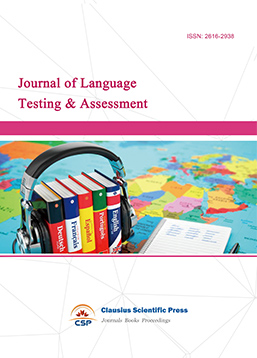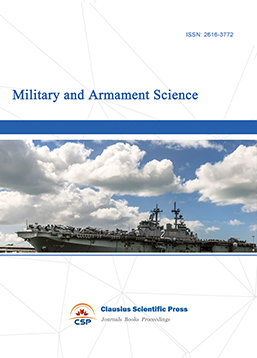Biomechanical Analysis in Sports Injury Prevention and Rehabilitation: Current Status and Future Trends
DOI: 10.23977/jhms.2025.060106 | Downloads: 59 | Views: 1723
Author(s)
Hongyu Zhang 1
Affiliation(s)
1 Gdansk University of Physical Education and Sport, Gdansk 80-337, Poland
Corresponding Author
Hongyu ZhangABSTRACT
The biomechanics of sports injury prevention and rehabilitation is a discipline that studies the biomechanical laws of human movement, reveals the biomechanical characteristics and action laws of human movement, and provides guidance for improving the level of sports technology, preventing injury and guiding rehabilitation. Biomechanical principles have great potential to improve the safety and efficiency of sports. This paper explores the role of biomechanics in sports injury prevention and rehabilitation, focusing on the application of biomechanical principles, equipment, and techniques. The study provides a comprehensive analysis of how biomechanics can be used to assess injury risk, optimize training techniques, and aid in the recovery process. By examining various biomechanical strategies for injury prevention, such as posture adjustments, personalized training, and the use of advanced rehabilitation equipment, this paper highlights the potential to improve athlete performance and health outcomes. It also discusses the future of biomechanics in injury management, including personalized approaches, integration of artificial intelligence, and wearable technologies, providing insights for further research and practical applications in the field of sports and rehabilitation.
KEYWORDS
Biomechanical Analysis; Sports Injury Prevention; Rehabilitation; Current Status; Future TrendsCITE THIS PAPER
Hongyu Zhang, Biomechanical Analysis in Sports Injury Prevention and Rehabilitation: Current Status and Future Trends. Journal of Human Movement Science (2025) Vol. 6: 40-47. DOI: http://dx.doi.org/10.23977/jhms.2025.060106.
REFERENCES
[1] McBain, K., Shrier, I., Shultz, R., Meeuwisse, W. H., Klügl, M., Garza, D., & Matheson, G. O. (2012). Prevention of sports injury I: a systematic review of applied biomechanics and physiology outcomes research. British journal of sports medicine, 46(3), 169-173.
[2] Lim, B. O., Lee, Y. S., Kim, J. G., An, K. O., Yoo, J., & Kwon, Y. H. (2009). Effects of sports injury prevention training on the biomechanical risk factors of anterior cruciate ligament injury in high school female basketball players. The American journal of sports medicine, 37(9), 1728-1734.
[3] Zhao, F. (2024). The Application of Sports Biomechanics in Sports Injury Prevention and Rehabilitation. Frontiers in Sport Research, 6(3), 142-147.
[4] Finch, C. F., Ullah, S., & McIntosh, A. S. (2011). Combining epidemiology and biomechanics in sports injury prevention research: a new approach for selecting suitable controls. Sports Medicine, 41, 59-72.
[5] McIntosh, A. S. (2012). Biomechanical considerations in the design of equipment to prevent sports injury. Proceedings of the Institution of Mechanical Engineers, Part P: Journal of Sports Engineering and Technology, 226(3-4), 193-199.
[6] Zatsiorsky, V. (Ed.). (2008). Biomechanics in sport: performance enhancement and injury prevention. John Wiley & Sons, 4(3), 16-17.
[7] Lizhen, W. A. N. G., & Yubo, F. A. N. (2020). The biomechanics of injury and prevention. Progress in mechanics, 50(1), 202004.
[8] Penichet-Tomas, A. (2024). Applied Biomechanics in Sports Performance, Injury Prevention, and Rehabilitation. Applied Sciences, 14(24), 11623.
| Downloads: | 3681 |
|---|---|
| Visits: | 228952 |
Sponsors, Associates, and Links
-
Journal of Language Testing & Assessment

-
Information and Knowledge Management

-
Military and Armament Science

-
Media and Communication Research

-
Art and Performance Letters

-
Lecture Notes on History

-
Lecture Notes on Language and Literature

-
Philosophy Journal

-
Science of Law Journal

-
Journal of Political Science Research

-
Journal of Sociology and Ethnology

-
Advances in Broadcasting


 Download as PDF
Download as PDF